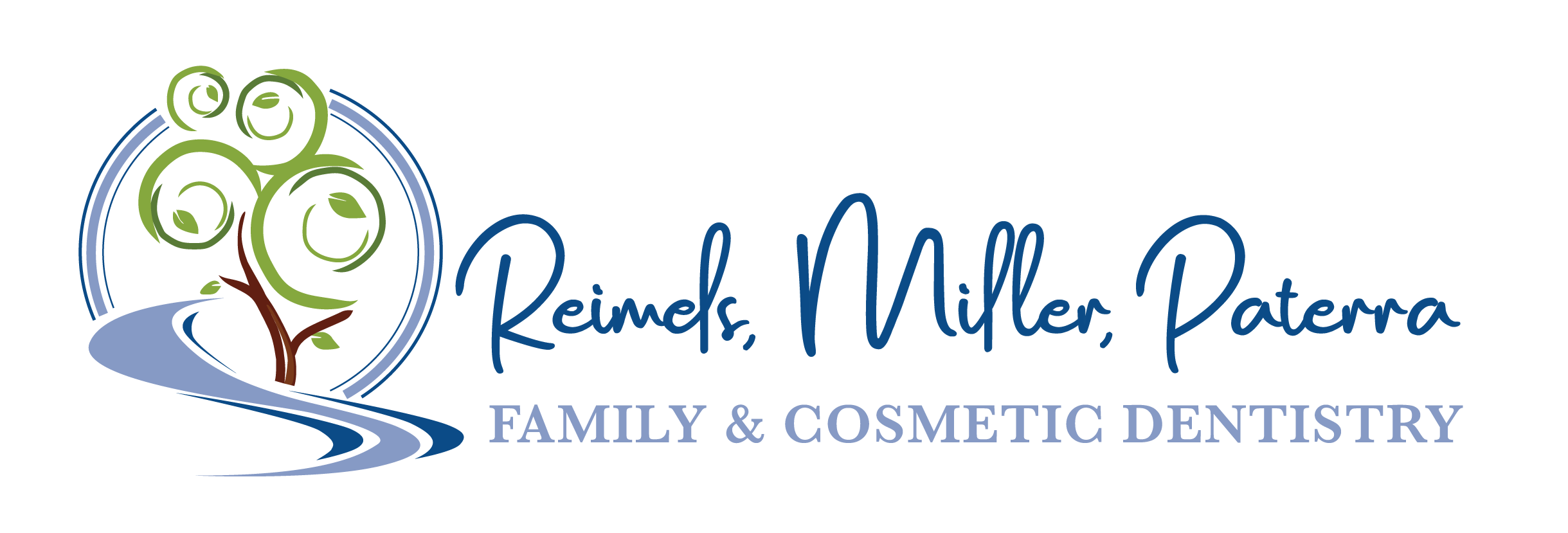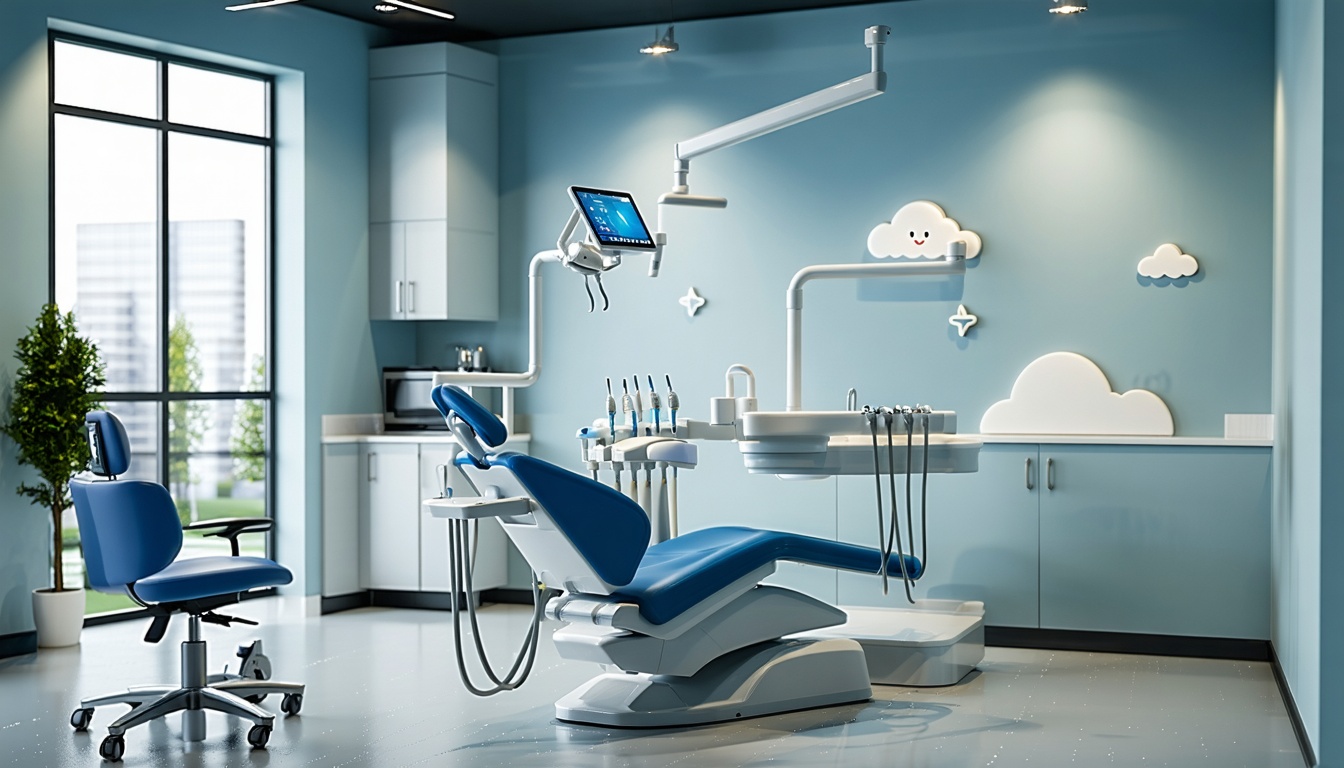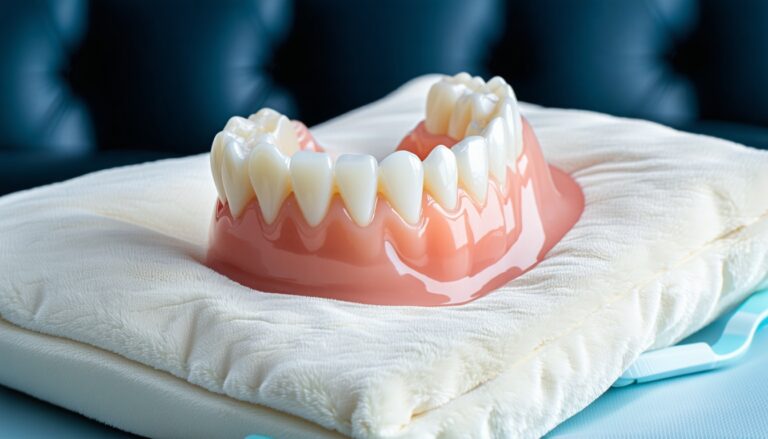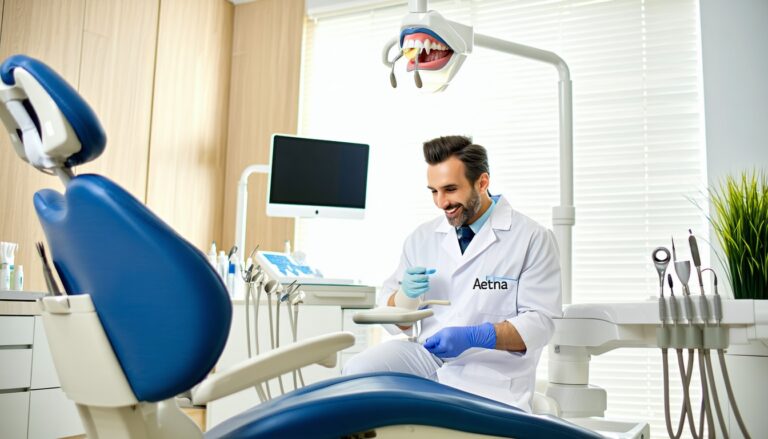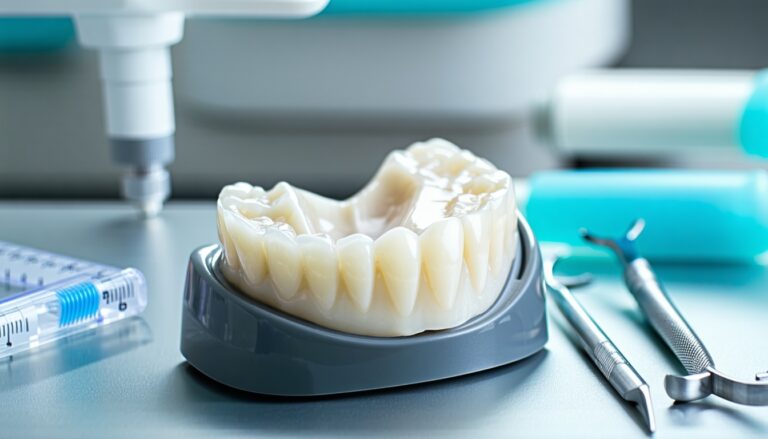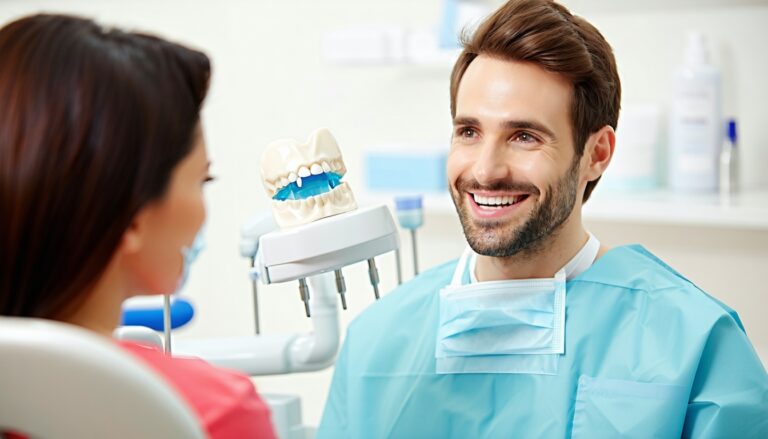Understanding Sleep Apnea Treatment
Importance of Oral Appliances
Oral appliances play a pivotal role in managing sleep apnea, particularly for those who prefer a non-invasive approach to treatment. These devices work by keeping the airway open during sleep, reducing the likelihood of airway collapse and improving breathing patterns. There are significant benefits to using oral appliances as part of your sleep apnea therapy, such as the prevention of serious health issues like heart disease, high blood pressure, and stroke (Sleep Better Columbus).
For affluents in Huntersville, NC, seeking premium dental services, understanding the various options for oral appliances and their benefits is crucial. These custom-fitted devices are designed to improve the quality of sleep and overall health, supporting a modern, minimally invasive approach to dental care.
Medical Insurance Coverage
Navigating medical insurance coverage for sleep-disordered breathing dental treatment can be complex. Most health insurance plans recognize oral appliances as durable medical equipment (DME) and cover them accordingly (Advanced Center for Cosmetic Dentistry). This categorization allows oral appliances to be reimbursed under medical insurance rather than dental insurance, highlighting their role in treating a medical condition rather than a dental issue.
Below is a summary of how different insurance providers might handle oral appliance coverage:
| Insurance Provider | Coverage Type | Considerations |
|---|---|---|
| Blue Cross Blue Shield | TMD Therapy and Oral Devices | Covered as DME with necessary diagnosis |
| Delta Dental | Delta Dental Oral Appliance Coverage | Requires prescription and medical necessity |
| United Healthcare | Approved Sleep Apnea Appliance | Includes OAT when medically warranted |
| Aetna | Sleep Apnea Dental Solutions | Coverage as DME; must be prescribed by a doctor |
| MetLife | Dental Appliance for Sleep Apnea | Medical insurance handles reimbursement |
To successfully obtain coverage for these appliances, it is essential to follow the specific guidelines set by your insurance provider, which may include demonstrating the necessity of the treatment and presenting the proper documentation. Consulting with a dentist who specializes in sleep apnea, such as those found through BCBS-approved dental appliance for sleep apnea, ensures that all requirements are met for insurance claims.
To explore more about how sleep apnea treatment can be covered by your insurance, consider these internally linked resources:
- Oral appliance therapy for sleep apnea with insurance
- Coverage for mild sleep apnea oral devices
- Insurance for snoring and sleep apnea therapy
By staying informed about your insurance coverage and understanding the importance of oral appliances, you can make better decisions regarding your sleep apnea treatment.
Obtaining Coverage for Oral Appliances
When seeking coverage for an oral appliance to treat sleep-disordered breathing, it is key to understand the necessary steps and documentation required to demonstrate your condition, the essential paperwork, and the cost considerations.
Demonstration of Condition
To qualify for insurance coverage for an oral appliance for sleep apnea, demonstrating that you suffer from sleep apnea rather than chronic snoring is essential. You need to provide a copy of your sleep study, medical notes from your sleep apnea screening appointment, and your medical history (Sleep Better Columbus). Some insurance companies may require additional documentation.
Necessary Documentation
Proper documentation is pivotal for obtaining coverage. You need to submit:
- The results of your sleep study
- Medical notes from the sleep apnea screening
- A comprehensive medical history
Many health insurance plans view oral appliances as medical equipment, covering them as durable medical equipment (DME). More than 100 FDA-approved oral appliances are available for treating sleep apnea, and your insurance may specify which types they cover (Sleep Better Columbus). Medicare began covering approved oral appliances for obstructive sleep apnea in 2011, which led to improved coverage by many insurance plans (Advanced Center for Cosmetic Dentistry).
Cost Considerations
The cost of oral appliances for sleep apnea can vary widely based on the specific device chosen and individual patient needs. Typically, insurance coverage will contribute to the cost, but the exact amount depends on your specific plan, including deductibles and co-insurance.
| Cost Element | Range |
|---|---|
| Device Cost | $500 – $2,500 |
| Insurance Contribution | Varies by Plan |
| Out-of-Pocket | Depends on Deductibles and Co-insurance |
Understanding these elements helps in navigating the process smoothly. For additional information on navigating insurance for dental appliances, visit our articles on oral appliance therapy for sleep apnea with insurance and insurance for snoring and sleep apnea therapy.
Benefits of Oral Appliance Therapy
Oral appliance therapy offers numerous benefits for individuals with sleep-disordered breathing, making it a favorable alternative to traditional treatments such as CPAP machines. Here are the key benefits:
Preventing Serious Health Issues
When prescribed by a doctor, oral appliances for sleep apnea can significantly reduce the risk of severe health problems associated with untreated sleep apnea. Conditions such as heart disease, high blood pressure, and stroke are linked to untreated sleep apnea (Sleep Better Columbus). By using oral appliances, you can improve your overall health by ensuring a better night’s sleep and minimizing the potential for these serious health risks.
| Health Issue | Risk Reduction with Oral Appliance |
|---|---|
| Heart Disease | High |
| High Blood Pressure | High |
| Stroke | Moderate to High |
For more detailed information regarding the health benefits of oral appliances, refer to our section on oral appliance therapy for sleep apnea with insurance.
Comfort and Convenience
One of the primary advantages of utilizing custom-designed oral appliances for sleep apnea is the comfort and convenience they offer compared to CPAP technology. While CPAP machines are effective, many people find them awkward and uncomfortable, especially when trying to sleep (Leix Dental).
Oral appliances for sleep apnea work by gently pulling your jaw or tongue forward while you sleep, effectively opening your airway (Cleveland Clinic). This mechanism not only makes breathing easier but also reduces snoring and interruptions during sleep, leading to a more restful night.
| Comparison | CPAP Machine | Oral Appliance |
|---|---|---|
| Comfort | Moderate | High |
| Convenience | Moderate | High |
| Portability | Low | High |
Patients often report higher satisfaction with oral appliances due to their ease of use, minimal maintenance, and better comfort during sleep. For an in-depth look at oral appliance options, visit our page on sleep-disordered breathing dental treatment with coverage.
Implementing oral appliance therapy can offer a blend of health protection and ease, ensuring that you get the best sleep possible without the discomfort associated with traditional treatments like CPAP. Always ensure that your insurance covers the necessary treatment to minimize out-of-pocket costs. For personalized treatment plans, consult with an in-network sleep apnea oral therapy dentist who can guide you through the process and tailor the treatment to meet your specific needs.
Types of Oral Appliances
Choosing the right oral appliance for treating sleep-disordered breathing is crucial for achieving the best results. There are various types of appliances available, each designed to meet specific needs. This section delves into the key differences between custom-made and over-the-counter (OTC) appliances, as well as their effectiveness in treating sleep-disordered breathing dental treatment with coverage.
Custom vs. Over-the-Counter
Oral appliances for sleep apnea can be broadly categorized into custom-made and over-the-counter options.
Custom-Made Oral Appliances
- Tailored Fit: Custom appliances are designed to fit the individual’s mouth structures perfectly, offering a more effective solution.
- Material Quality: Typically made from high-quality materials that are durable and long-lasting.
- Professional Fitting: These appliances are fitted by a dentist, ensuring optimal comfort and efficacy.
- Cost: Generally higher cost due to the bespoke nature and professional involvement. Insurance coverage, like BCBS-approved dental appliance for sleep apnea, can offset expenses.
Over-the-Counter Oral Appliances
- Universal Fit: OTC appliances offer a one-size-fits-all approach, which may not be as effective for everyone.
- Material Quality: Usually made from standard materials that may not be as durable.
- Self-Fitting: Users fit the device themselves, which may result in suboptimal effectiveness.
- Cost: Typically more affordable but less likely to be covered by insurance. Refer to dental insurance mouthguard for sleep apnea for specific coverage details.
| Feature | Custom-Made | Over-the-Counter |
|---|---|---|
| Fit | Tailored | Universal |
| Material Quality | High | Standard |
| Fitting Process | Professional | Self-Fitting |
| Cost | Higher, often covered by insurance | Lower, rarely covered |
| Effectiveness | High | Moderate |
Effectiveness Comparison
When it comes to mitigating symptoms of obstructive sleep apnea (OSA), custom-made appliances have been shown to outperform OTC options significantly (Cleveland Clinic).
Custom-Made Appliances
- Higher Efficacy: Custom appliances provide superior results in reducing OSA symptoms.
- Long-Term Usage: More durable and comfortable for extended periods.
- Comprehensive Support: Professional adjustments and follow-ups ensure ongoing effectiveness. For specialized needs, you might consult an in-network TMJ dentist for jaw pain.
Over-the-Counter Appliances
- Lower Efficacy: Not as effective in reducing OSA symptoms due to the lack of customization.
- Short-Term Usage: Less durable and may become uncomfortable over time.
- Limited Support: Lack of professional fitting means adjustments are often not possible. Consult does insurance cover TMJ therapy for additional support information.
| Metric | Custom-Made | Over-the-Counter |
|---|---|---|
| Efficacy | High | Moderate |
| Longevity | Long-Term | Short-Term |
| Comfort | High | Moderate |
| Professional Support | Available | Limited |
Choosing the right oral appliance is crucial for managing sleep-disordered breathing effectively. Custom-made devices generally offer better results, higher comfort, and long-term use. For insurance coverage details, review insurance-approved orthotic device for TMJ and other available plans.
Expert Guidance for Treatment
Consultation with Dentist
Your journey towards effectively managing sleep-disordered breathing begins with a thorough consultation with your dentist. During this consultation, your dentist will discuss your symptoms, review your medical history, and answer any questions you may have about treatment options. If you are experiencing symptoms of sleep apnea, your dentist may recommend an oral appliance as an alternative to traditional CPAP therapy. This is often a preferred option due to its comfort and convenience. For specific conditions like TMJ disorders, check out our guide on tmd therapy with blue cross blue shield insurance.
Personalized Treatment Plans
Based on the results of your consultation, your dentist will create a personalized treatment plan tailored to your specific needs. This may include a custom-designed oral appliance that fits comfortably and provides effective results. The custom-fit appliance is designed to hold your jaw in a position that keeps your airway open, reducing snoring and improving the quality of your sleep (Sleep Better Columbus).
An integral part of your treatment plan involves ensuring that your dental appliance is covered by your medical insurance. Understanding the documentation and coding necessary for insurance claims can improve your access to care and save costs. For those with specific insurance plans like MetLife, finding a metlife insurance tmj specialist can be invaluable.
Follow-Up Care
Effective management of sleep-disordered breathing requires ongoing follow-up care. Regular check-ins with your dentist ensure that your oral appliance remains effective and comfortable. Adjustments may be needed over time to account for changes in your dental structure or to improve the fit of the appliance.
Your dentist will also monitor your progress and conduct periodic evaluations to confirm that your treatment is successful. This comprehensive care approach helps prevent complications and ensures long-term benefits. Should you need to replace or repair your oral appliance, it’s important to verify coverage aspects such as replacement and repair considerations.
By collaborating closely with an experienced dental professional, you can optimize your treatment for sleep-disordered breathing and maintain a higher quality of life. For more information on insurance-covered solutions, explore our resources on oral appliance therapy for sleep apnea with insurance.
Insurance Considerations for Oral Appliances
When seeking effective solutions for sleep-disordered breathing, understanding how insurance covers oral appliances can help ensure you receive the necessary treatment. Here we will discuss key coverage aspects of your health plan.
Durable Medical Equipment Coverage
Oral appliances for treating obstructive sleep apnea (OSA) generally fall under the Durable Medical Equipment (DME) category in insurance policies. Coverage is typically provided if the device meets the reasonable and necessary requirements as outlined in the Local Coverage Determination.
However, it’s essential to understand that many oral appliances may be classified as dental devices rather than DME, leading to potential complications in coverage. Dental devices, including the necessary follow-up care within the initial 90 days of provision, are often considered non-covered (CMS.gov).
Replacement and Repair Considerations
Insurance policies also address the maintenance, repair, and replacement of oral appliances. Repairs are covered if they are necessary to make the item serviceable again. However, if the repair costs exceed the cost of a new appliance, insurance will often deny payment for the excess. It’s crucial to check these details with your specific insurance provider.
Oral appliances may be replaced at the end of their five-year reasonable useful lifetime (RUL). Replacements due to loss, theft, or irreparable damage are generally covered, but replacements due to general wear and tear before the end of the five-year period are usually not covered.
| Replacement Condition | Coverage Status |
|---|---|
| End of 5-year RUL | Covered |
| Loss or Theft | Covered |
| Irreparable Damage | Covered |
| Wear and Tear (before 5-yr) | Not Covered |
Understanding these insurance considerations can aid in managing costs effectively and ensuring continuous, quality care for your sleep-disordered breathing. For more details, you can explore additional resources on oral appliance therapy for sleep apnea with insurance and durable medical equipment coverage for TMJ.
